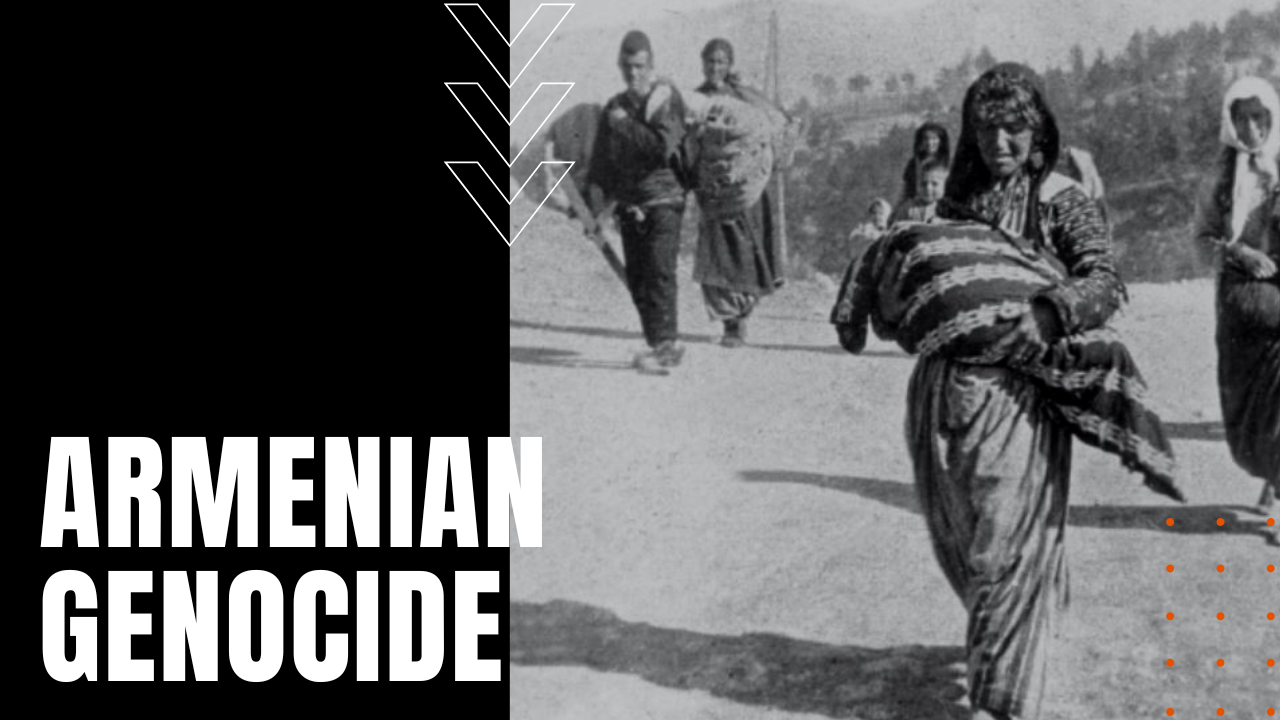Armenian Genocide of 1915

During the collapsing years of the Ottoman Empire, in 1909, a political group called the Young Turks came to power in present-day Turkey. Known as the Committee of Union and Progress or CUP, the group sought a standalone and ethnically pure Islamic Turkey, despite some two million Christian Armenians living in Eastern Anatolia and present-day Istanbul.
War’s Distraction Results in Genocide
After World War One broke out in July of 1914, the Ottoman Empire sided with Germany and the Central Powers in their war against Russia and the Allies, and after a minor Armenian independence movement erupted in the Musa highlands, the Ottoman army used the occasion of war to enact forced ethnic deportation of Armenians from their homeland of nearly 3,000 years, driven into the Syrian desert during the spring and summer of 1915, in a series of death marches intended to wipe out Turkey’s ethnic minority through starvation, dehydration, exhaustion and open acts of genocide.
Labor Camps and Sanctioned Attacks
After able-bodied Armenian men had been worked to death in labor battalions or executed outright, the brutal deportation of Armenian women and children proceeded with little resistance. Convoys of Armenians on foot were frequently attacked by sanctioned gangs of butchers comprised of released convicts and CUP fighters, who often carried out their executions with scimitars and swords.
For the survivors of these horrific attacks, their witness to the murder of friends and family would haunt them for the remainder of their lives.
As Armenians were forced from their ancestral homes, with little destruction of their seized properties, the displacement of Armenians by the CUP also served as a means for the Young Turks to plunder the material wealth of the people they deposed. By its conclusion in 1923, when the Ottoman Empire ceased to exist, some one-and-a-half million Armenians had perished at the hands of Ottoman, Turkish and paramilitary forces, through outright execution or the slow winnowing effects of starvation, wiping the Armenian population of Eastern Anatolia entirely off the map.
Armenian Genocide Denial
Survivors eventually settled in some two dozen countries. Even to this day, the Republic of Turkey continues to deny all charges of genocide or the existence of a deliberate plan to exterminate ethnic Armenians from their country, making the Armenian Genocide of 1915, one of the darkest events in 20th century history.
